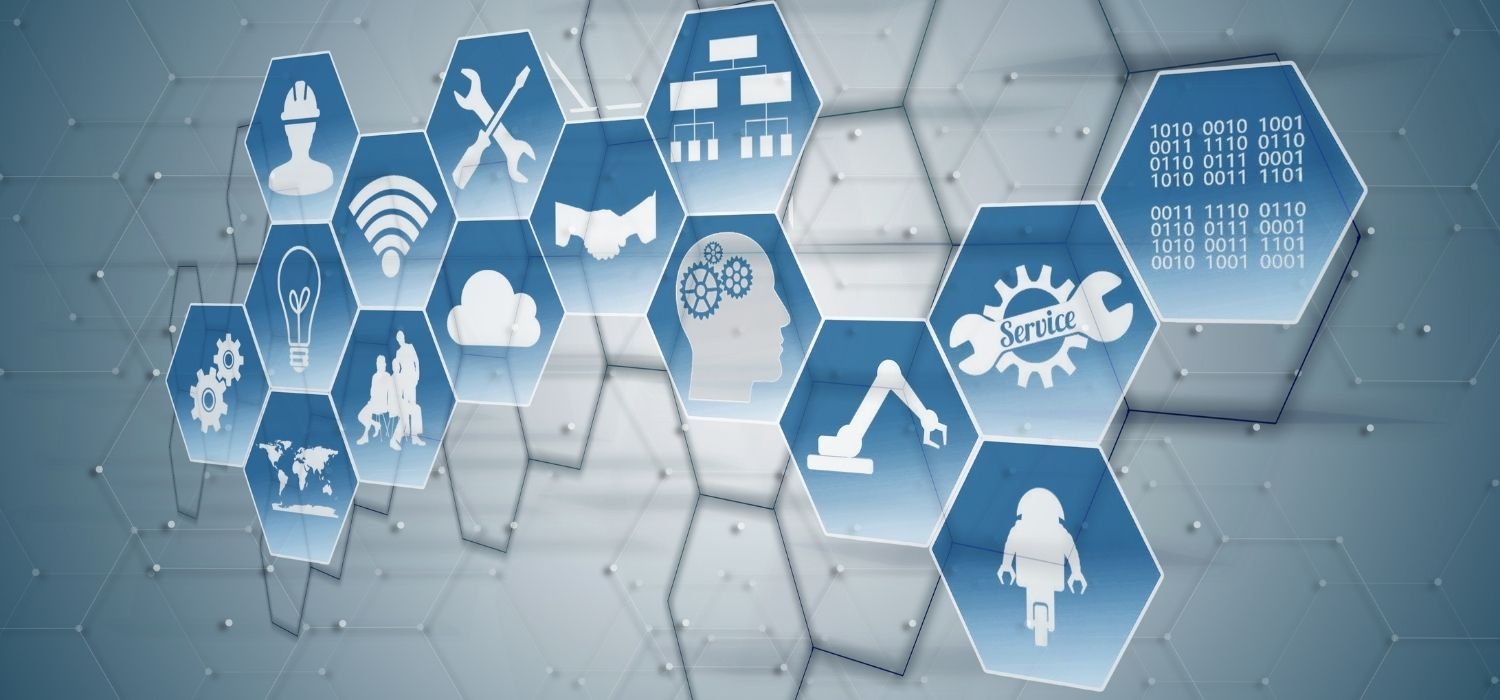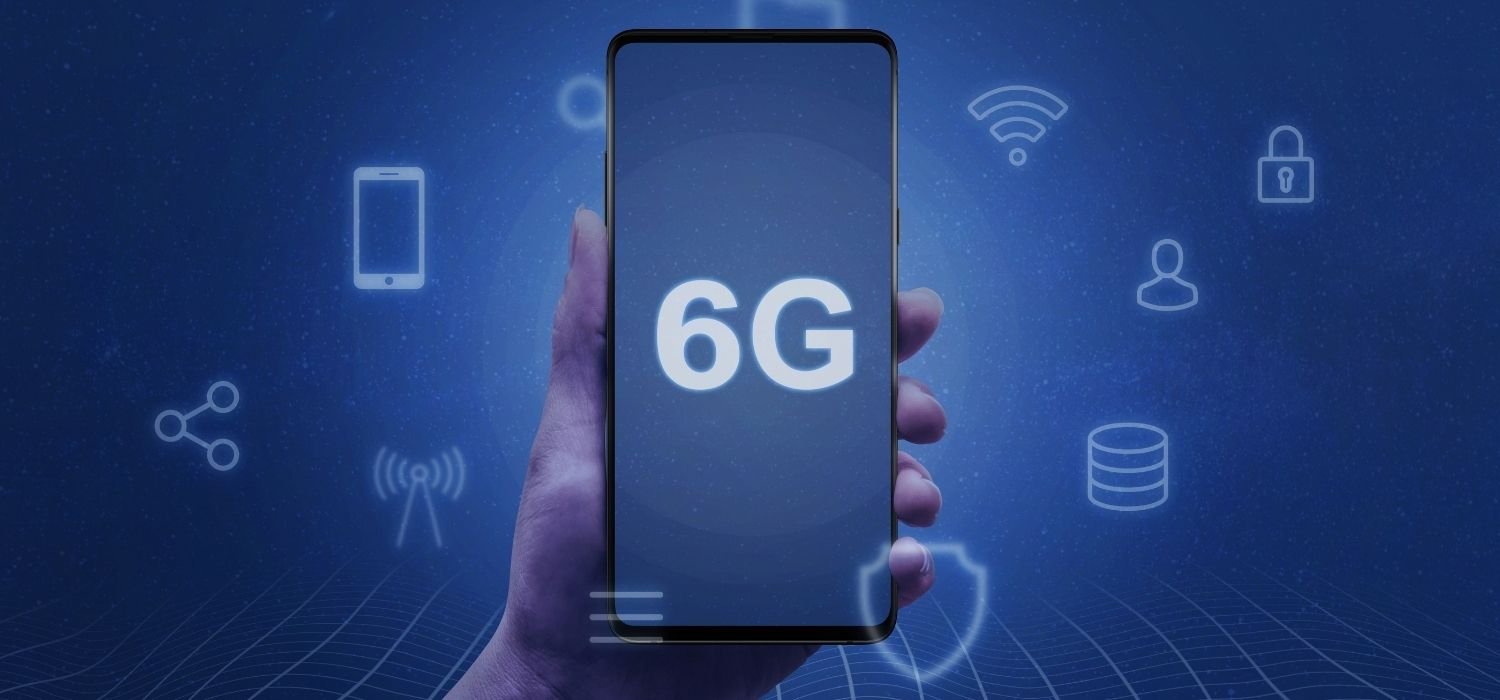No products in the cart.

A lot has changed on the internet since its inception. We used to have pages that didn’t change, but now we have platforms that do. We’re going to make another big change: Web 3.0. This next step will make the internet smarter, more independent, and more user-centered. What is Web 3.0, and how will it affect how we use the internet?
This article explores the potential future evolution of the internet. We will discuss Web 3.0, its differences from the web we use today, and the powerful technologies that make it possible. You will learn how it could transform big industries and what significant opportunities and challenges are on the horizon.
A quick journey from Web 1.0 to Web 3.0
Knowing where we’ve been can help us figure out where we’re heading. People often discuss three distinct periods in internet history.
Web 1.0: A “Read-Only” Era (1991–2004)
Web 1.0 is like a vast digital library. The majority of users only read the information on it. Websites were composed of basic HTML pages that didn’t change much and didn’t allow people to interact with them. Only a few developers and organizations made the content; most others read it.
The “Read-Write” Social Web, also known as Web 2.0, began around 2004 and remains a thriving platform.
Web 2.0 made the internet come alive. People transitioned from consumers to creators as social media, blogs, and user-generated content sites like YouTube and Wikipedia gained popularity. People who live in this time are known for being involved, working together, and caring about their community. However, this change cost money: large internet companies took our data and used it to generate revenue.
“Read-Write-Own” in the third web version: A network without a main server
Web 3.0’s next logical step is to give users back control. The goal is to create an internet that is not controlled by any one person or group. This is where people can control their own data, identities, and digital assets. Web 3.0 is about openness, trust, and access without permission. It runs on new technologies. You don’t just want to interact with content; you also want to own a piece of the web.
What are the most critical parts of Web 3.0?
There isn’t just one technology that makes up Web 3.0; it’s a group of ideas and systems that work together. Its main features make it different from the internet we use now.
Not Centralization
Google, Meta, and Amazon are some of the companies that own the centralized servers where our Web 2.0 data is stored. Web 3.0 changes this so that no one controls the network. There are millions of computers worldwide that store information, so no single person or group has complete control over it. This makes the internet more powerful and less likely to be blocked.
Blockchain technology and cryptocurrency
Blockchain enables Web 3.0. It keeps track of network transactions in a safe, open, and unchangeable way. You can truly own digital assets, such as Bitcoin, Ethereum, and non-fungible tokens (NFTs), with this technology. If people trust blockchain technology, a decentralized system can work without central authority.

Users have more control and ownership.
With Web 3.0, you control your digital identity and information. You could use a single, secure digital wallet to access multiple services without logging in with a Facebook or Google account. With this idea of user ownership, you are again in charge of your data, who can see it, and how it is used.
AI and ML
Web 3.0 will be smarter. AI and machine learning will be combined at a basic level. This will let computers understand and process information more like people do. This could enable search engines, digital assistants, and user experiences to be more personalized without tracking every action.
What Web 3.0 Could Do for Various Industries
The shift to a decentralized internet could transform and disrupt numerous industries.
Decentralized finance (DeFi)
Decentralized finance, or DeFi, is a key component of Web 3.0. It utilizes blockchain technology to create financial systems that operate independently of traditional banking systems. Users can lend, borrow, and trade assets directly with one another, making financial services more accessible and easier to use.
Web 3.0 could change the way makers make money. NFTs enable artists, singers, and writers to sell their work directly to their fans. This eliminates the need for intermediaries and allowing them to keep a larger share of the proceeds. This also lets fans show that they own digital content.
Imagine a world where blockchain technology keeps school records secure and accessible. With a decentralized system, people could quickly send their verified academic records to potential employers or schools without going through a central registrar. This would make checking things faster and safer.
“Play-to-earn” models are already changing the gaming business on Web 3.0. In these games, players can acquire digital assets with real-world value, such as NFTs or Bitcoin. You can use something you earn or buy in one game in another. This creates a web of interconnected virtual worlds.
On the Road Ahead: Chances and Issues
Numerous issues need to be addressed before Web 3.0 can be widely adopted, but the internet’s future looks promising.
Options:
More safety and privacy: Web 3.0 reduces the likelihood of big data theft by dispersing it across multiple locations.
Users with power: People can now take charge of their digital assets and data, which opens up new business opportunities.
More openness: Blockchain-based systems are inherently open, which prevents fraud and fosters trust.
Innovation: Developers can launch new apps and services more easily on an open and permissionless internet because they don’t have to get permission from a central authority.
Issues:
Scalability: Blockchain networks can be slow and expensive to use, particularly when demand is high. People seek solutions, but scaleability remains a significant challenge.
User Experience: Web 3.0 apps can be challenging for regular users to understand and utilize. For most people, learning to use it may take longer because it has a steep learning curve.
Regulation: Governments worldwide continue to grapple with cryptocurrencies, DeFi, and Web 3.0 technologies. When the rules are unclear, it benefits neither users or builders.
Energy consumption: Running large blockchains, such as Bitcoin, requires a lot of energy, which is detrimental to the environment.
What The Internet Will Be Like in the Future
Web 3.0 just a buzzword; it represents a completely reimagining way of thinking about internet operations. It promises to make the digital world more fair and open by focusing on decentralization, user ownership, and openness. There are still problems to fix, but the movement is gaining ground.
3.0 will gradually become an integral part of our daily lives as blockchain technology improves and users enjoy enhanced experiences. The next step for the internet may not happen immediately, but the ideas behind it will shape our digital society for years to come. The trip has just started.
From decentralization to digital ownership, Web 3.0 is redefining connectivity.
Keep following Ezoon.co to stay ahead of tomorrow’s tech trends.
Related posts
Beginner-friendly guide to SEO, blogging and affiliate marketing learn how to get traffic, rank posts, and earn your first affiliate commissions. Continue reading
Stay cozy this winter with smart thermostats, heaters, and blankets that save energy and keep your home warm, comfortable, and winter-ready with the latest technology. Continue reading
Discover the best non-toxic air fryers for healthy cooking in 2025. Explore top picks, key benefits, and safe, eco-friendly options for your kitchen. Continue reading
AI Beginner's Guide | Create Cool AI Content for Free Continue reading
Discover how Apple and Tesla are shaping the future of technology. From innovative gadgets to electric vehicles, see how this industry giants compete for market... Continue reading












Add comment